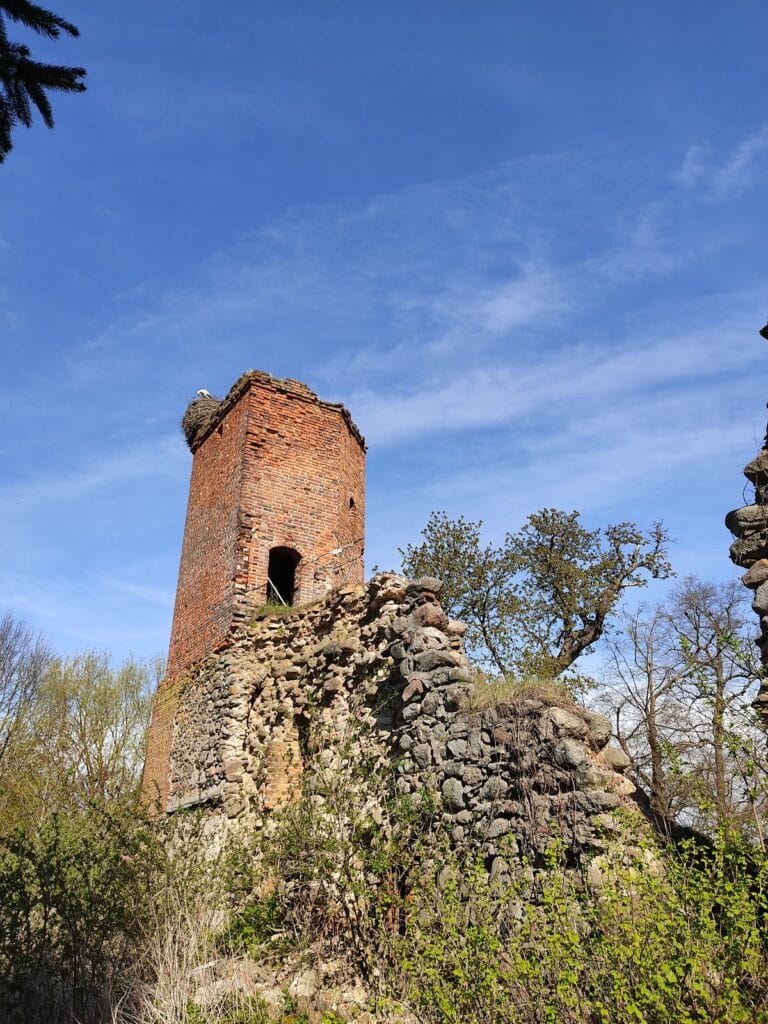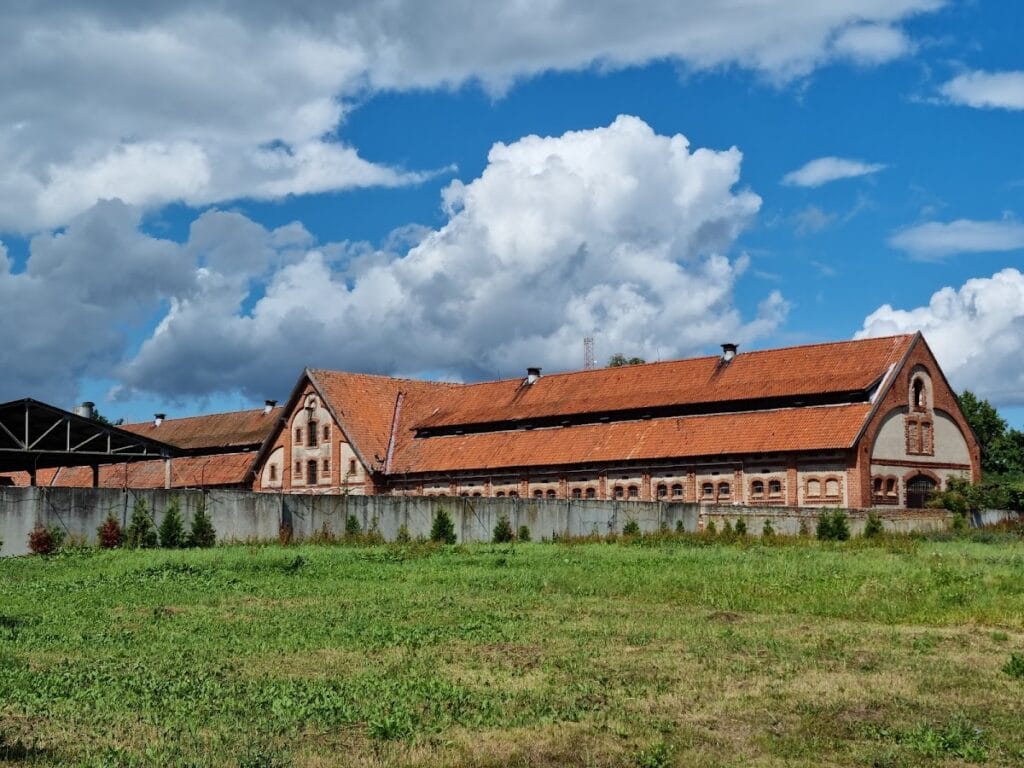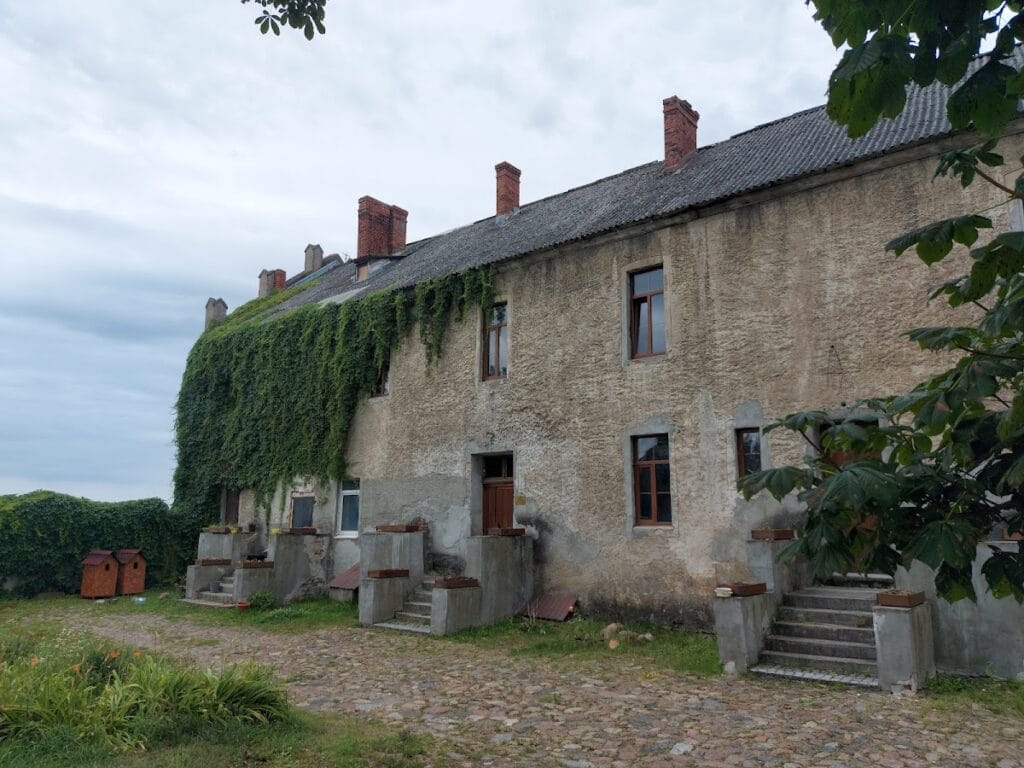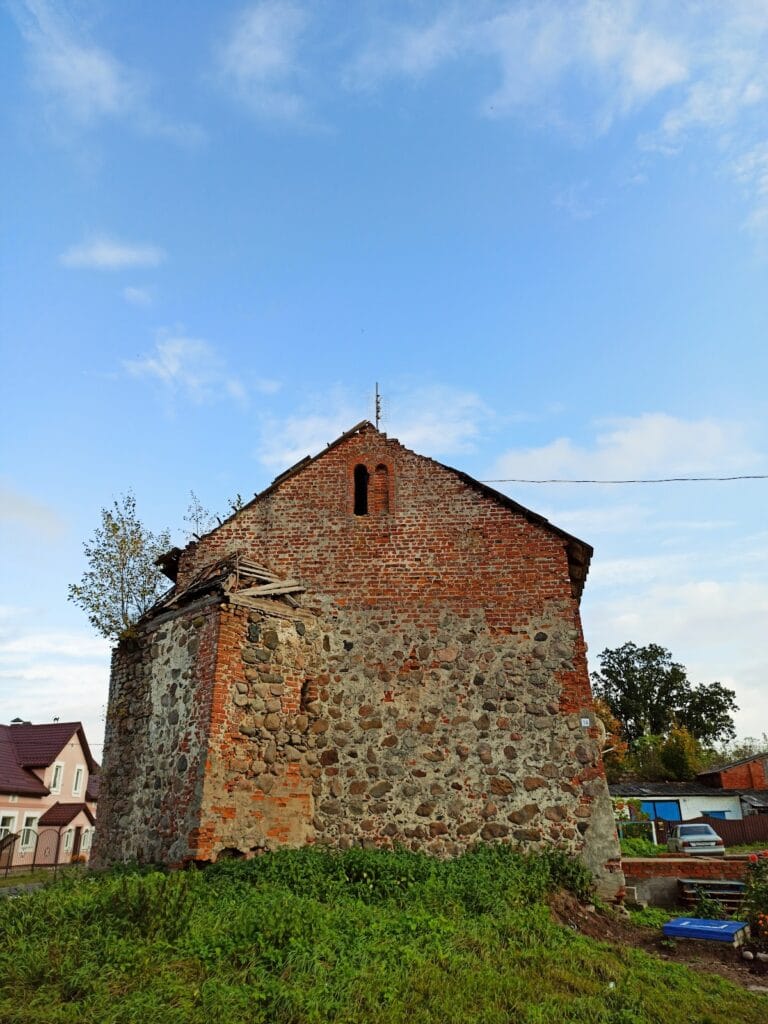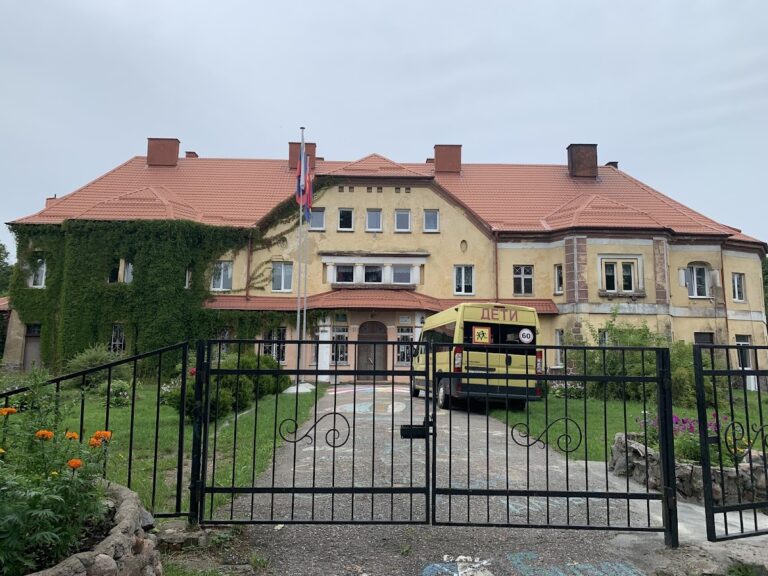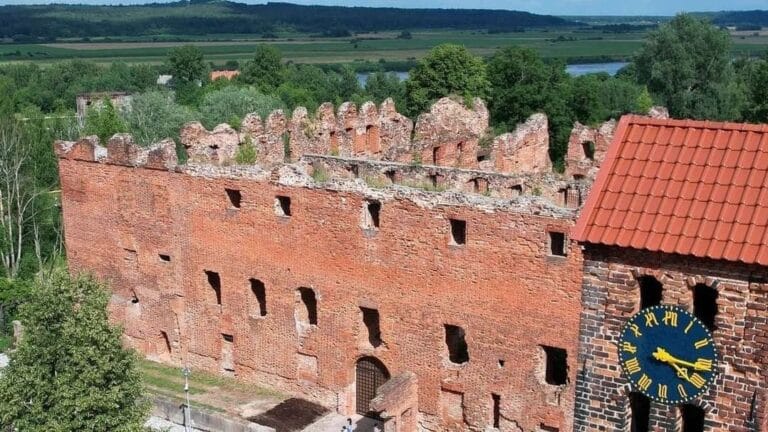Georgenburg Castle: A Historic Teutonic Stronghold in Chernyakhovsk, Russia
Visitor Information
Google Rating: 4.3
Popularity: Low
Google Maps: View on Google Maps
Country: Russia
Civilization: Medieval European
Remains: Military
History
Georgenburg Castle is located in the town of Chernyakhovsk within modern Russia and was originally established by the Teutonic Order, a medieval Catholic military order active in the Baltic region. Its origins trace back to 1264 when the knight Hartmann von Grumbach founded the stronghold on the site of a former Old Prussian settlement called Kapzowin, naming the castle after Saint George.
The castle’s early defenses were initially constructed from wood and earthworks in 1337 but were soon replaced by more durable stone fortifications in 1351. After the land division in 1352 between the Teutonic Order and the Bishop of Samland, the castle came under the bishop’s control, a status it maintained until 1525. During these centuries, Georgenburg was a key military outpost, enduring several attacks and partial destructions. Lithuanian forces burned it twice, first in 1364 and again in 1376, and it was captured in 1403 by Vytautas, the Grand Duke of Lithuania. In 1657, Tatars inflicted further damage, and Swedish troops occupied the site under General Gustav Horn in 1679.
Following the secularization of the Teutonic Order’s territories in 1525, the castle’s role shifted from a fortress to an administrative center, serving as the seat of a kammeramt, a type of special government office charged with managing state domains. By 1709, it was leased to private tenants, notably the von Keudel family, who developed horse breeding activities on the estate. In the mid-18th century during the Seven Years’ War, Russian troops led by Field Marshal S. F. Apraksin occupied Georgenburg. Later, during the Napoleonic Wars, the castle functioned as the headquarters for French Marshal Louis-Nicolas Davout.
In the 19th century, after the Treaty of Tilsit, the castle and its estate passed into private hands. Among its owners was William Simpson, a Scottish breeder who established a significant stud farm contributing to the development of the Trakehner horse breed. The Schlechter family later owned the property, after which the Prussian state reacquired it in 1899, turning Georgenburg into the principal state stud farm. The estate expanded in 1929, incorporating the Gudwallen stud.
The estate facilities at that time included a landscaped park, stables, housing for estate workers, a chapel dedicated to Saint George, and functional infrastructure such as a water supply and ornamental fountains. After World War II, from 1945 until 1949, the castle and stud farm were repurposed by the Soviet authorities as a camp for German prisoners of war. Approximately 250,000 inmates passed through, with an estimated 16,000 deaths recorded there. Subsequently, the site served as a prison and later as a hospital specializing in infectious diseases. Until 1960, a cemetery and the nearby Georgenburg church stood close to the castle grounds.
By the 1990s, Georgenburg Castle had fallen into a state of serious disrepair. In the mid-1990s, the site was leased for 99 years by the Russian Insurance Bank with plans to convert it into a cultural and entertainment complex. Archaeological excavations began during this period but were halted following the financial crisis of 1997–1998. In 2010, control of the property was transferred to the Russian Orthodox Church, which initiated efforts to clear the site and revive cultural events there, including a symphony orchestra concert held in May 2017. Since 2024, comprehensive restoration work has been underway, focusing on rebuilding the castle’s walls and reinforcing its foundations, with completion targeted for 2026.
On March 23, 2007, Georgenburg Castle was officially recognized as a regional cultural heritage site by the Kaliningrad regional government. It is considered one of the three best-preserved castles remaining in the area, alongside Tapiau and Waldau.
Remains
The castle complex of Georgenburg consists of two principal parts: the citadel, or main castle, and a much larger western foreburg, which functioned as the economic area of the estate. The citadel forms a nearly square enclosure measuring about 40 by 44 meters, surrounding a central courtyard. It was built primarily from fieldstone and brick, reflecting the Gothic architectural style typical of the Teutonic Order’s constructions.
Today, the outer walls of the citadel still stand, though they exhibit significant loss and decay. These stone walls once provided strong defensive fortifications and enclosed the key administrative and residential buildings inside the castle’s core. The foreburg, much more expansive than the citadel, housed stables, warehouses, barracks, and various auxiliary buildings essential for the daily functioning of the castle’s economy and military needs. Most of these foreburg structures have not survived intact and exist now only as ruins or fragments.
Historically, the estate included a chapel devoted to Saint George, reflecting the castle’s religious association dating back to its founding. There was also an extensive park area, along with stables and residential quarters built for the workers who managed the stud farm and estate operations. The site was equipped with a water supply system and ornate fountains, underscoring the importance of water management and aesthetic landscaping on the grounds.
Archaeological excavations undertaken in the mid-1990s revealed layers of these structural elements and helped document the castle’s layout and construction techniques. However, these studies were discontinued after the financial difficulties of 1997–1998. Despite the passage of time and periods of neglect, the remains of Georgenburg Castle continue to provide valuable insights into the military and economic infrastructure developed by the Teutonic Order and later owners in this region.

